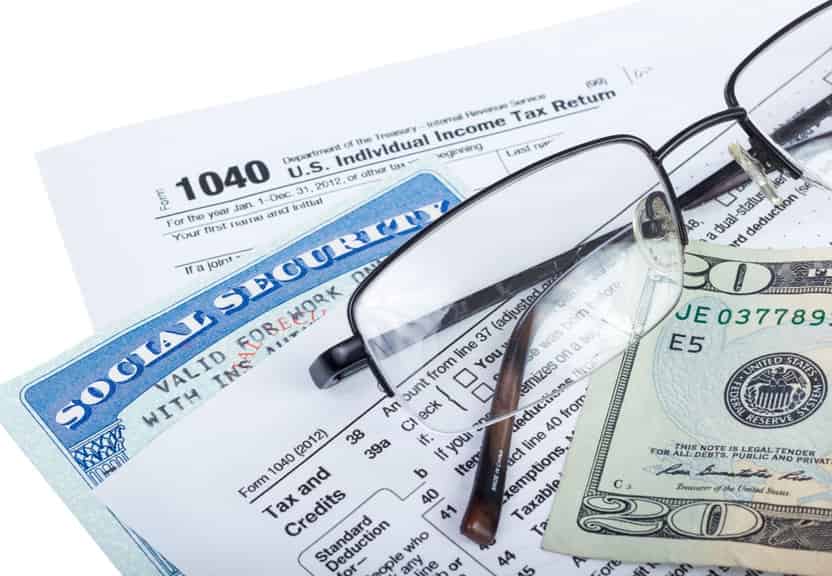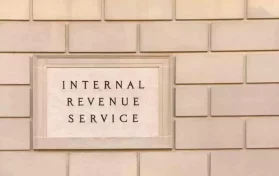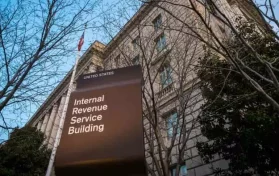
Starting in late December and into January, the IRS will be sending important letters to taxpayers who received the third stimulus payment or the child tax credit payments. These important letters will hold information necessary to properly filing taxes, so taxpayers will want to be on the lookout for them.
The IRS says they began issuing these child tax credit letters in December, but some taxpayers may not receive their letter early in January. Letters regarding the stimulus payment will be delivered by the end of the month of January.
The information in these letters is intended to assist taxpayers in avoiding errors that could result in delays in returns being processed this year. The Internal Revenue Service is encouraging individuals to hold on to these letters and utilize the information therein when filing 2021 taxes.
The families that received the advanced or “boosted” child tax credit in the second half of 2021 will receive a letter called Letter 6419 that will list the total amount of the payment they received (a total of the monthly payments each family received) as well as the number of qualifying children that was utilized to calculate said payment.
This letter contains pertinent information that families with children will need when they fill out Schedule 8812 as well as Form 1040. It is likely that at lest half the child credit will be given to parents in the form of a lump sum when the 2021 tax return, and Letter 6419 helps taxpayers to reconcile the credit when filing their return in the upcoming months.
The IRS is also offering another method of seeing how much families have already received. Users who received these monthly payments in 2021 may check the CTC Update Portal for these amounts as well.
Families who decided to opt out of the monthly payments may claim the full amount of the child tax credit on their 2021 federal taxes. This also applies to individuals who don’t typically need to file a tax return.
Parents who fall into the “low” and “middle” income brackets are eligible to receive $3000 for every child between the ages of six and seventeen so long as the parents make less than $150,000 annually (payments begin to phase out after this level of income). Single parents making $75,000 fall into the same category. For ever $1000 over $75,000 for single parents (or $150,000 for married couples), the credit is tapered by $50.
Some individuals and families made too much money to receive the enhanced tax credit, but they may still qualify to receive a $2,000 child tax credit. Single parents must earn no more than $200,000 annually to be eligible; married couples must earn no more than $400,000.
The second letter the IRS is sending is Letter 6475, and it concerns those who received the third stimulus check in March 2021. These checks may have included a “plus up” payment for those who had changes in income or employment status from 2019 to 2020.
This information will help individuals to determine whether they are eligible for and if they should claim the Recovery Rebate Credit on their returns when they file this year.
Also, when filing this year, don’t forget to look into seeing if you are eligible for the $2,000 tax break called the “saver’s credit.”





